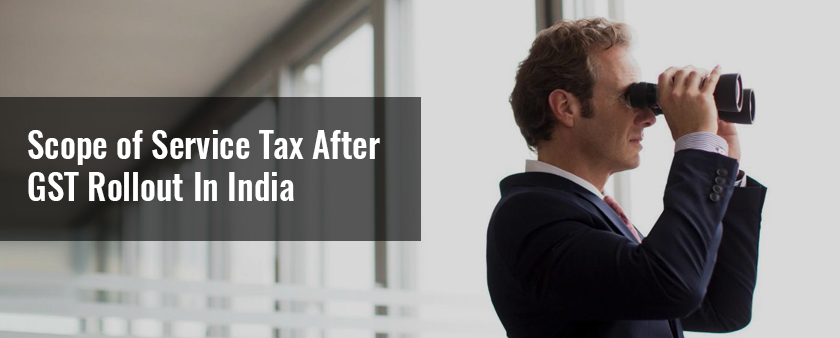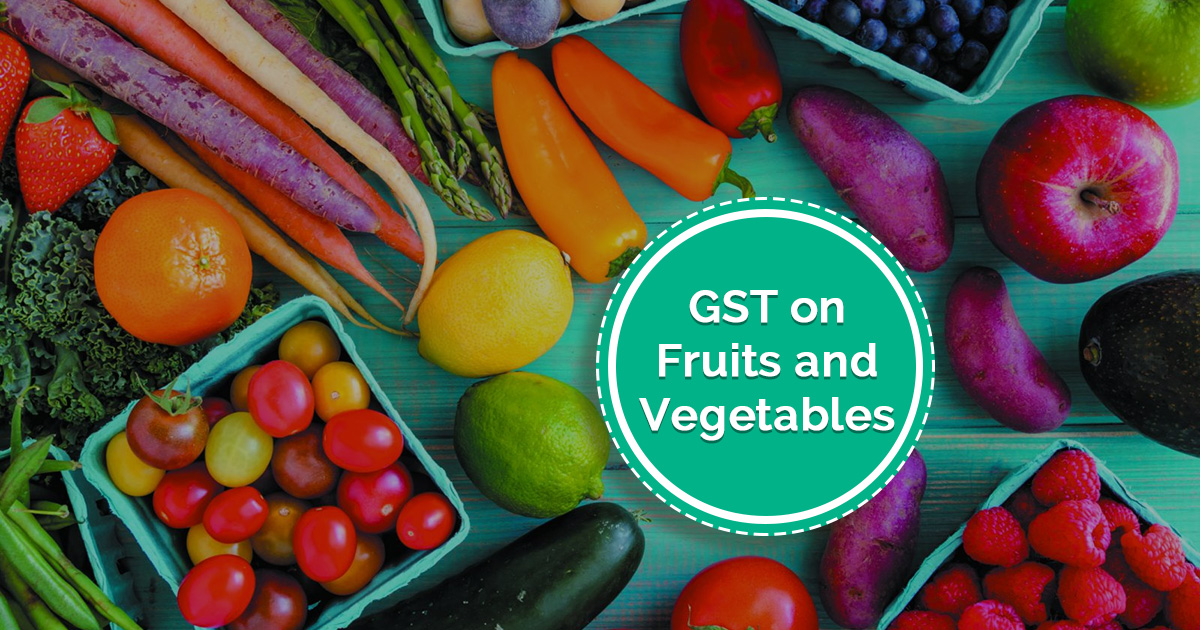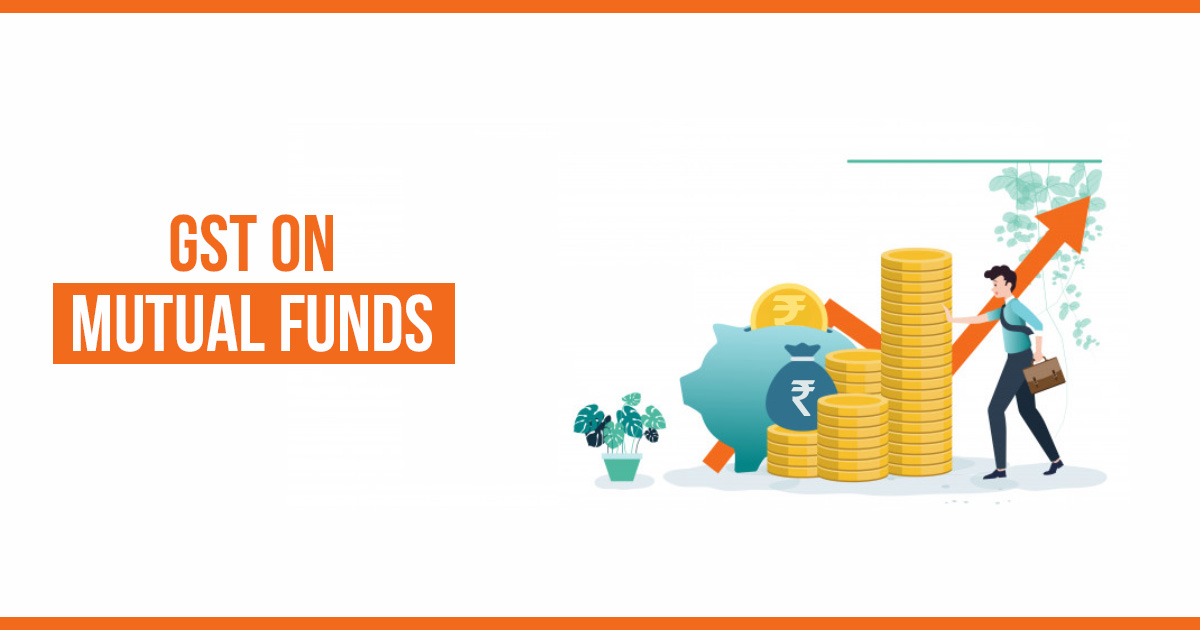Goods and Service Tax is one of the anticipated tax structure in India since Independence. The Government is in the confusing state of mind in respect of goods and service tax for providing various services across the country.
According to the Government, service tax is categorized into four slabs for services under GST, with industries like transport is likely to face lower levy as compared to the 18 percent tax on several kinds of services.
The final decision of taxation rates had taken by the GST Council, Finance Minister, and State Finance Ministers. Revenue secretary, Hasmukh Adhia stated that “services such as transport, where fuel was a major component, could face a lower levy, with tax practitioners talking about the 12% tax on such services, The abatement rate has to be factored in and there can be more than one rate.”
GST replaced various taxes such as central excise, custom duty, VAT etc after the implementation of Good and Service Tax in India. Adhia said that “Currently, we are tapping VAT at each stage of the supply chain, from manufacturer to wholesaler to retailer.
We already have multiple points taxation. Under GST, we are just merging the taxes of the Centre and states. The inflation which happened in other countries was because they shifted from single point taxation to GST”.
The revenue secretary has denied about the sudden inflation due to GST regime. He also assures that GST implementation will be smooth and hassle-free because in India it levies multiple points of taxes. Once GST regime rolls out in India, it will replace several Central and State taxes levied by the Government which decreases the overall price of the goods or services. Unlike in other countries, GST regime can lead to inflation after the implementation of GST because they had a single point of taxation and an inflation shoot up.
After the rollout of Goods and Service Tax in India, the taxes on goods which are imported will similar as that of goods which are produced and furnished locally. Adhia added that “there is, however, a possibility of prices of imported goods going up, as local manufacturers escape the multiplicity of taxes.”
In the views of Hasmukh Adhia, “Once the GST Regime or Indirect Tax Regime will be implemented, the incidence of tax on imported goods would be the same as on the locally manufactured items. Imported goods, will subject to Integrated GST (IGST) for which credit can be claimed at the time of sale.
IGST is just an interim tax or a washout tax which is equivalent to the GST rate on a specific product. In the case of locally manufactured goods, a similar GST rate will be applicable and hence, there will be no advantage for the imported goods. The government levies countervailing duty (CVD) and special additional duty (SAD) on imported goods to protect domestic manufacturers.”






